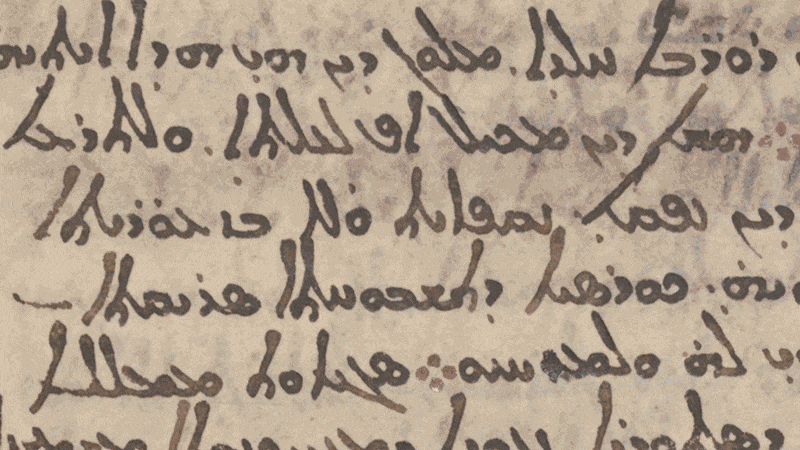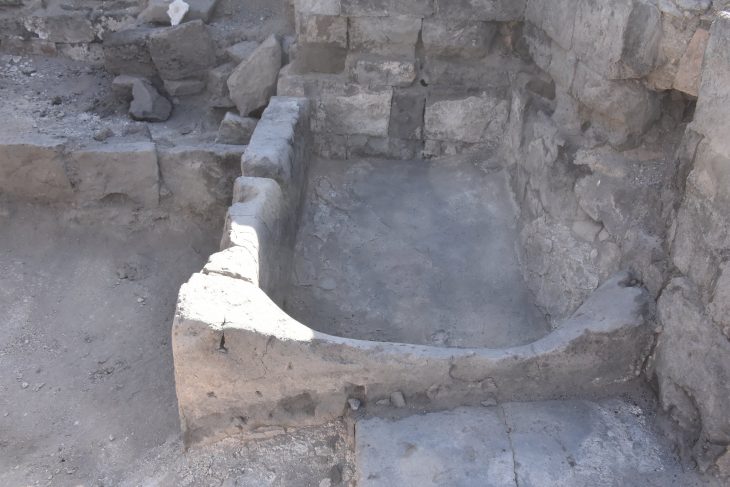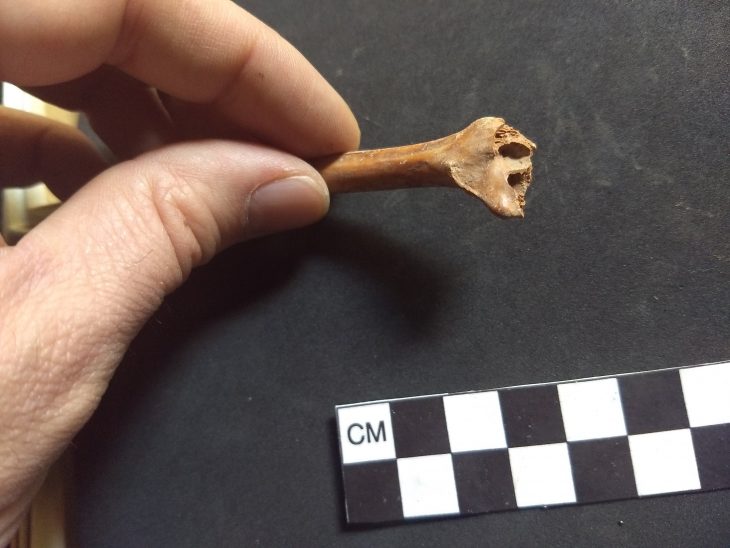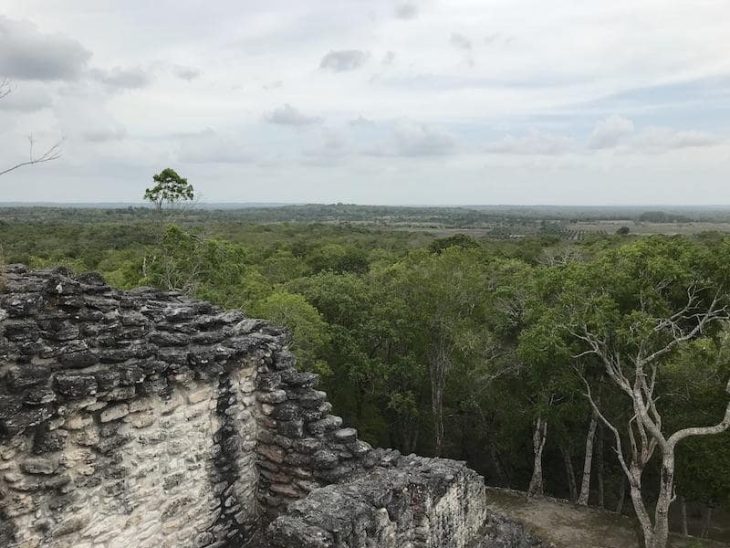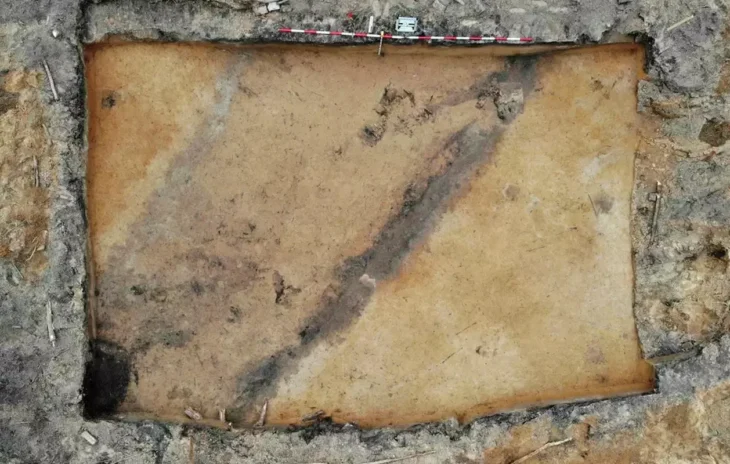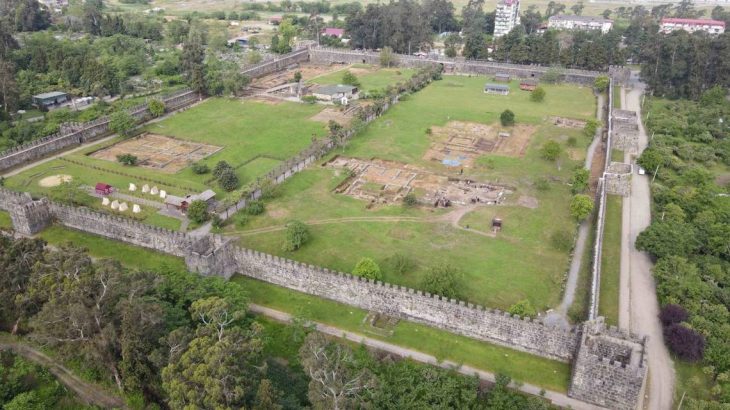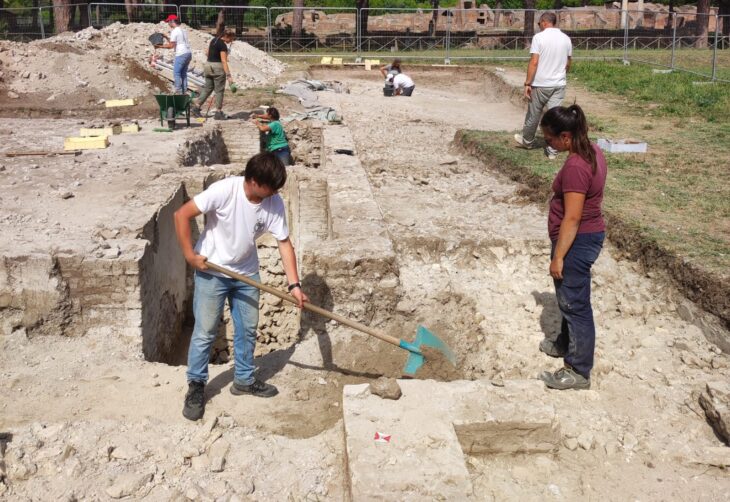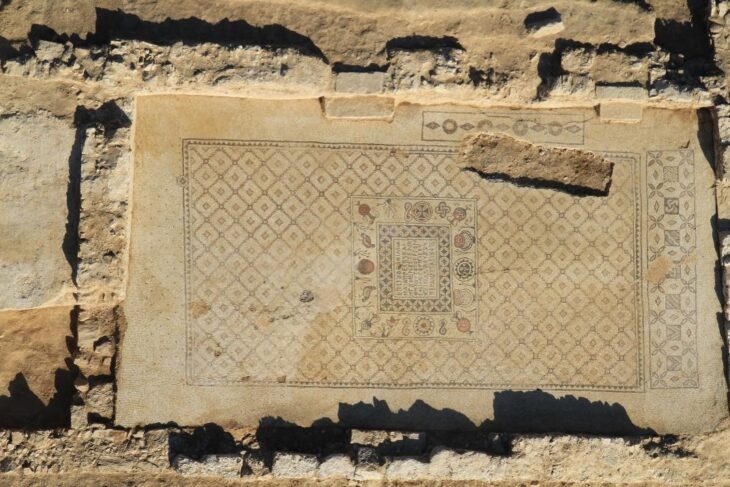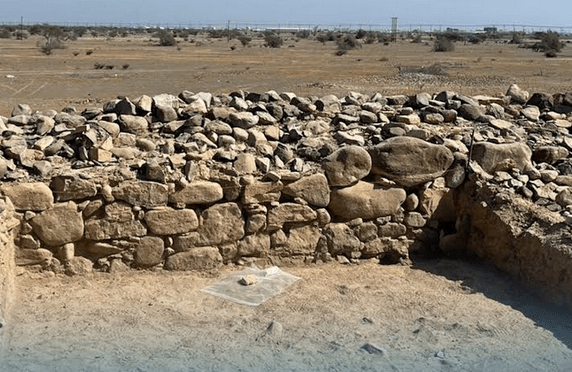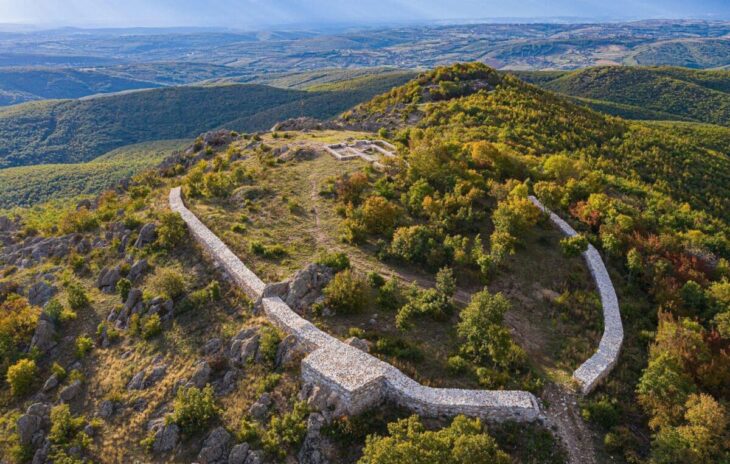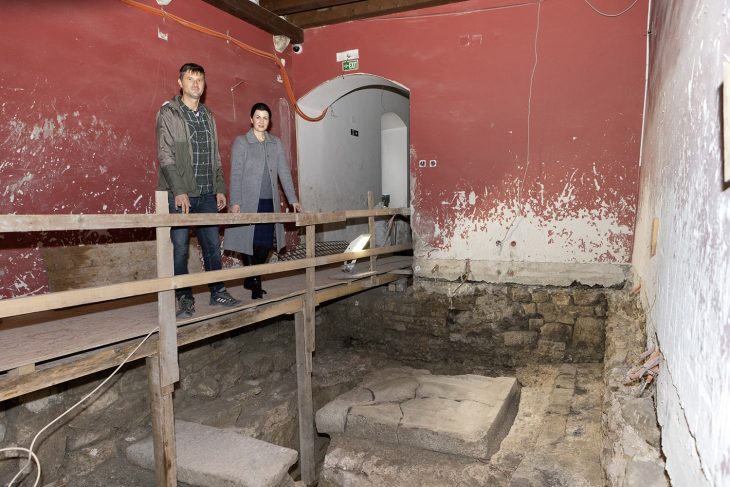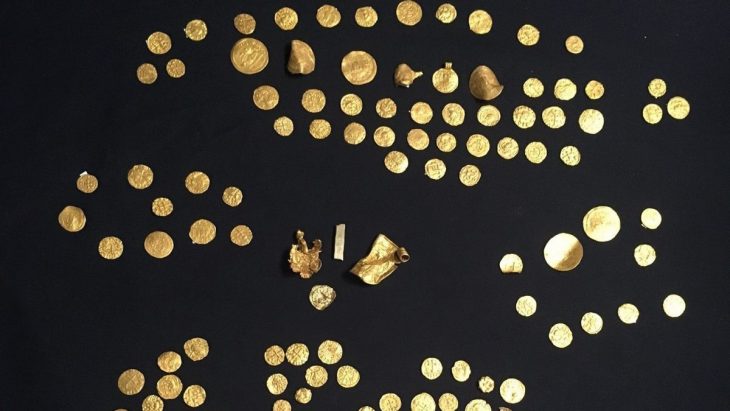Hipparchus’ fabled star catalog, which had been thought to be lost, was discovered concealed in a medieval parchment that had originally been kept in the library of the Orthodox Monastery of St. Catherine in Sinai, Egypt.
Scholars have discovered what appears to be part of Hipparchus’ long-lost star catalogue — the earliest known attempt to map the entire sky — hidden beneath Christian texts.
Hipparchus, the Greek astronomer, is often referred to as the “Father of Astronomy.” Among other achievements, he is credited with discovering the Earth’s precession (how it wobbles on its axis) and calculating the motions of the Sun and Moon. According to historical texts, Hipparchus was also believed to be compiling a star catalog sometime between 162 and 127 BCE.
Scholars have been searching for that catalog for centuries. Now, thanks to a technique called multispectral imaging, they have found what seems to be the first known remnants of Hipparchus’ star catalog.
Multispectral imaging is a method that takes visible images in blue, green, and red and combines them with an infrared image and an X-ray image of an object. This can expose tiny pigment specks as well as concealed writings or drawings that have been covered up by several coats of paint or ink. For instance, researchers have previously used the method to uncover the hidden text on four fragments of Dead Sea Scrolls that were thought to be blank at the time.

The extract is published online this week in the Journal for the History of Astronomy.
The current paper is the result of research into the Codex Climaci Rescriptus, a palimpsest that originated at Saint Catherine’s Monastery on Egypt’s Sinai Peninsula.
The majority of the manuscript’s 146 leaves, or folios, which originally belonged to the Greek Orthodox St Catherine’s Monastery in the Sinai Peninsula, Egypt, are now in the possession of the Museum of the Bible in Washington, DC. The pages contain the Codex Climaci Rescriptus, a collection of Syriac texts written in the tenth or eleventh centuries. But the codex is a palimpsest: parchment that was scraped clean of older text by the scribe so that it could be reused.
It was common practice at the time to scrape clean old parchment for reuse, and that’s what was done with the codex. Scholars initially believed the older writing to be more Christian texts. But in 2012, when Cambridge University professor and biblical expert Peter Williams assigned his summer students to study the pages for a special project, one of them found a Greek passage by the astronomer Eratosthenes.
Williams contacted researchers at the University of Rochester in New York and the Early Manuscripts Electronic Library in California to conduct multispectral imaging of the codex’s pages in 2017.
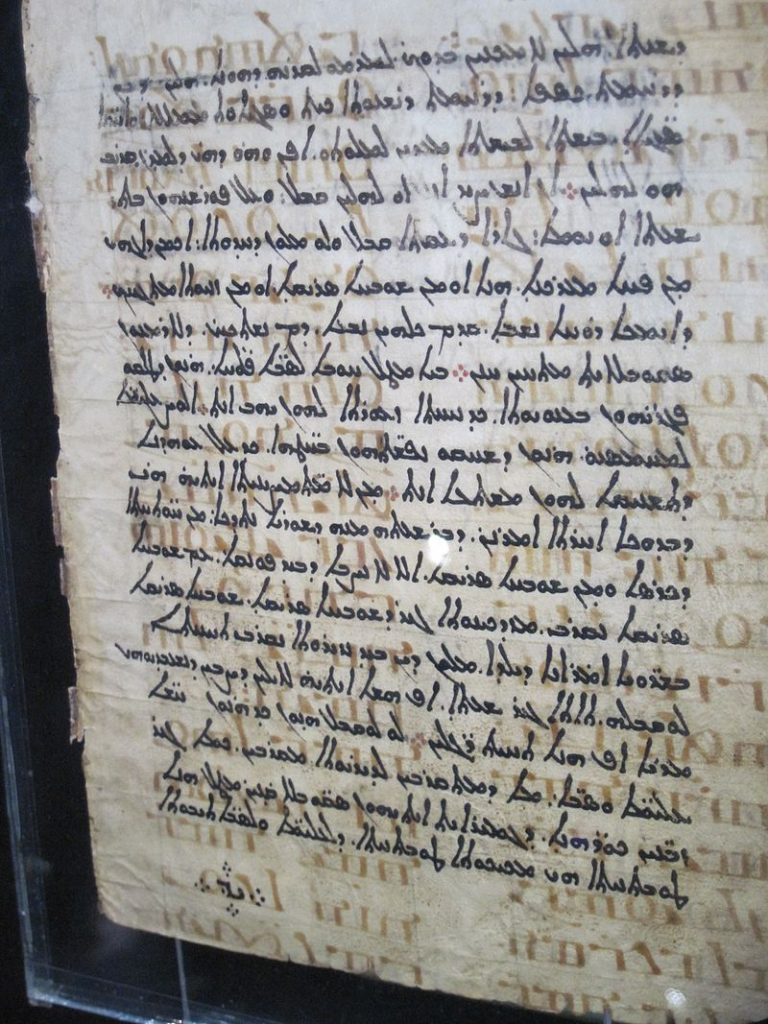
The method turned up a total of nine folios relating to astronomy that were written between the fifth and sixth centuries, including not only the passage by Eratosthenes on star myths but also a well-known poem (Phaenomena, written around the third century BCE) that describes constellations.
During the pandemic lockdown, Williams spent a significant amount of time studying the resulting images, and one day he noticed what appeared to be the coordinates of the constellation Corona Borealis. He immediately informed science historian Victor Gysembergh of the CNRS in Paris of his discovery.
“I was very excited from the beginning,” Gysembergh told Nature. “It was immediately clear we had star coordinates.”
But could Hipparchus be the author of this passage? The authors cite a number of pieces of evidence that appear to connect the text to the Greek astronomer, though they are hesitant to assign the text a specific attribution. For instance, some of the data are recorded in an odd way that is consistent with the only other piece of Hipparchus’s work that has been preserved. The observations recorded in the text were most likely made around 129 BCE, when Hipparchus would have been working on his catalog, according to the authors’ analysis of astronomical charts.
DOI: Journal for the History of Astronomy, 2022. https://doi.org/10.1177/00218286221128
Cover Photo: This cross-fade montage shows a detail of the palimpsest under ordinary lighting; under multispectral analysis; and with a reconstruction of the hidden text.Credit: Museum of the Bible (CC BY-SA 4.0). Photo by Early Manuscripts Electronic Library/Lazarus Project, University of Rochester; multispectral processing by Keith T. Knox; tracings by Emanuel Zingg.

